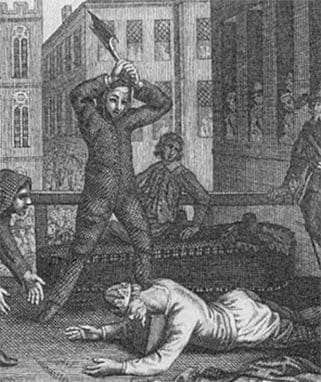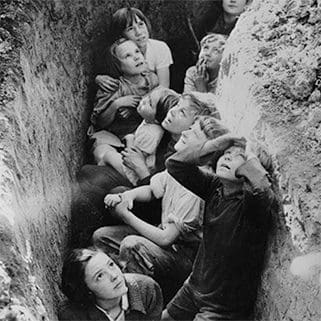
Sean Kelsey has recently published his research in a paper from the Institute of Historical Research which you can read in full here
What I offer here are some quick to digest edited highlights of the main thesis of his research
The trial and execution of Charles I are currently in the course of a major reappraisal. Regicide having conventionally been portrayed as inevitable by the time judicial proceedings against the king began, it has been argued more recently that the king’s execution was not even the intended outcome of his trial, let alone its inescapable objective. On this view, the principal goal, in bringing the king before a self‐styled high court of justice, on charges of treason, tyranny and murder, was to frighten him into submission to a new constitutional order. An isolated and embattled parliamentarian rump sought thereby to assume control of the person and authority of the king of England in order to help enable and legitimize a revolution establishing the constitutional supremacy of the house of commons in the overthrow of English prerogative monarchy. This revolution was aimed at removing the biggest obstacle to a peaceful settlement of the kingdom, namely the determined resistance of its lawful, sanctified ruler. Thereafter, the presence among the revolutionaries of a king, figuratively bound in chains and hoist back on his throne in order to lend his imprimatur, as necessary, to anything that they might act, would make it easier for this ‘frighted junto’ to rule England, reconquer Ireland, and hold Scotland at bay.
Debate over the charges to be pressed against the king, the evidence adduced in proof of those charges, and the steps in preparation for sentencing the royal prisoner at the bar, all strongly suggest that for most, if not all of his judges, the priority was not to kill him, but to extract his acknowledgment of their jurisdiction, in exchange for his life and his throne. That priority was amply illustrated, over and over, during the public proceedings, when the trial commissioners invited the king, again and again, to plead to the charges against him, repeatedly overlooking his refusal to do so.
Unsurprisingly perhaps, an attempt has been made to shore up the case for the inevitability of regicide.A ‘reactionary’ counter‐argument offered by Dr. Clive Holmes has disputed the evidential basis for what it dubbed a ‘revisionist’ interpretation of the trial and execution of Charles I, and posited a version of events in which the clear and inescapable will of the army that the king be put to death was deliberately concealed behind a ‘facade’ of moderation and sham negotiation.
Holmes asserted that ‘the idea that the trial was an elaborate piece of theatre in which the king was being offered every opportunity to save himself cannot be sustained from consideration of the legislation’ for the king’s trial; and that the charge against him was ‘a body‐blow’ that ‘could only admit a finding of the king’s guilt’. On 3 January 1649, the rump Commons had declared that it was treason for a king to wage war on parliament. The charge brought against Charles I recited a long list of his appearances in arms, at the head of armies, in defiance of the English parliament on numerous occasions between 1642 and 1645. The high court of justice heard the evidence of several dozen witnesses to the king’s martial exploits. Of old, armed resistance to the agents of legitimate authority in the land was the badge of the traitor under English law. And under English law, a convicted traitor could only have one fate. The case against Charles I was therefore open and shut – as was all too obvious to the king himself, who, ‘[o]nce the trial began … knew that he was doomed’.
The case advanced by Holmes is deeply flawed, evidentially, rhetorically and logically. Whilst the legal instrumentation for the trial sought to impress upon the prisoner at the bar the mortal danger he faced, it also very deliberately preserved the scope, nevertheless, for him to mount a defence to the crimes of which he was accused. Far from underwriting the inevitability of regicide, the process of instrumenting the trial of Charles I evinced at every stage a strong desire to avoid killing the king if at all possible, underlining the genuine unpredictability of the most famous legal proceedings in English history.
From the outset, then, petitioners for justice not only urged a genuine trial of the king, but also openly envisaged at least the possibility of a future course of events in the culmination of which he might conceivably even be acquitted of the crimes with which it was intended he should be charged.
Don’t forget to visit the hugely successful outstanding lesson which has so many compliments from OFSTED history inspectors.







